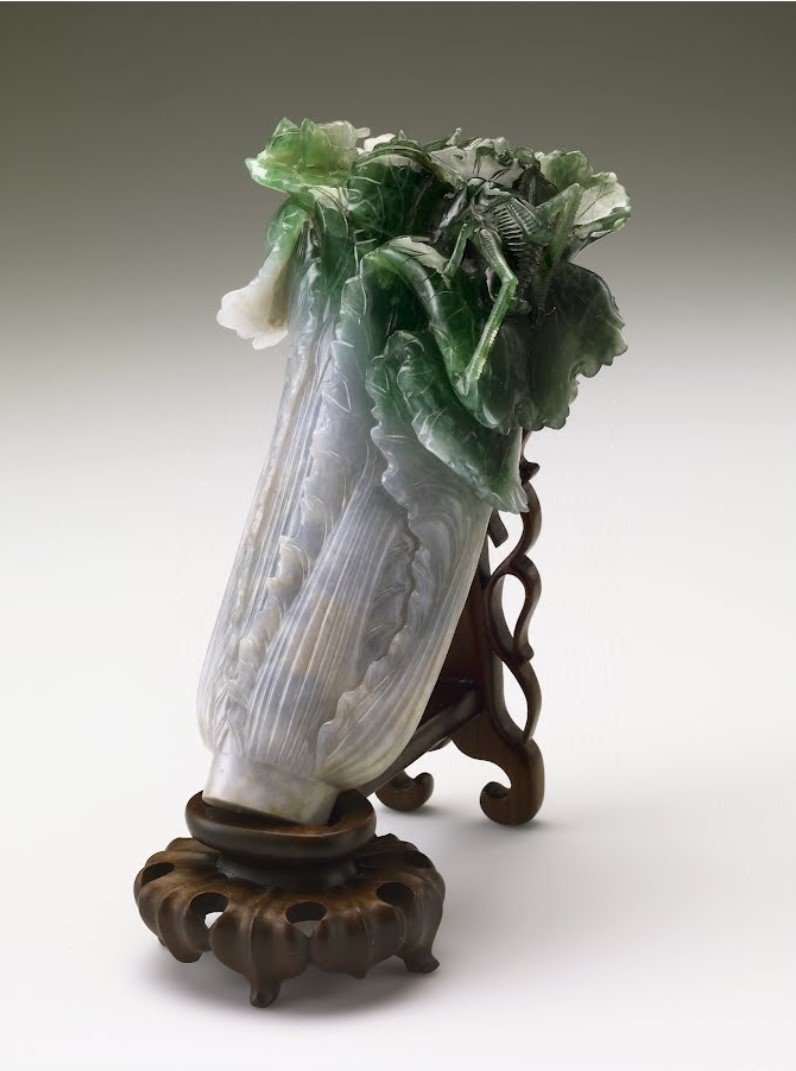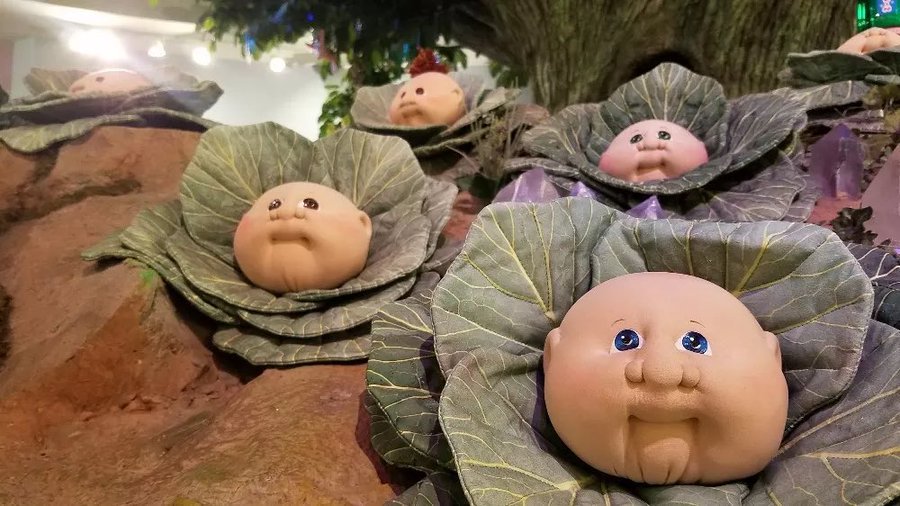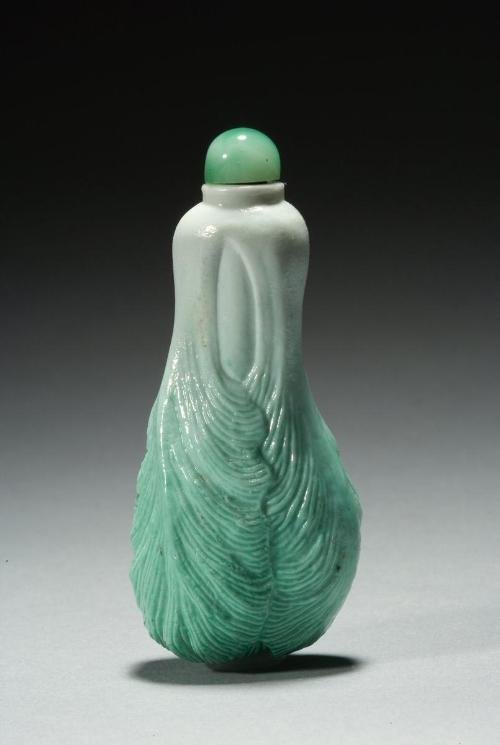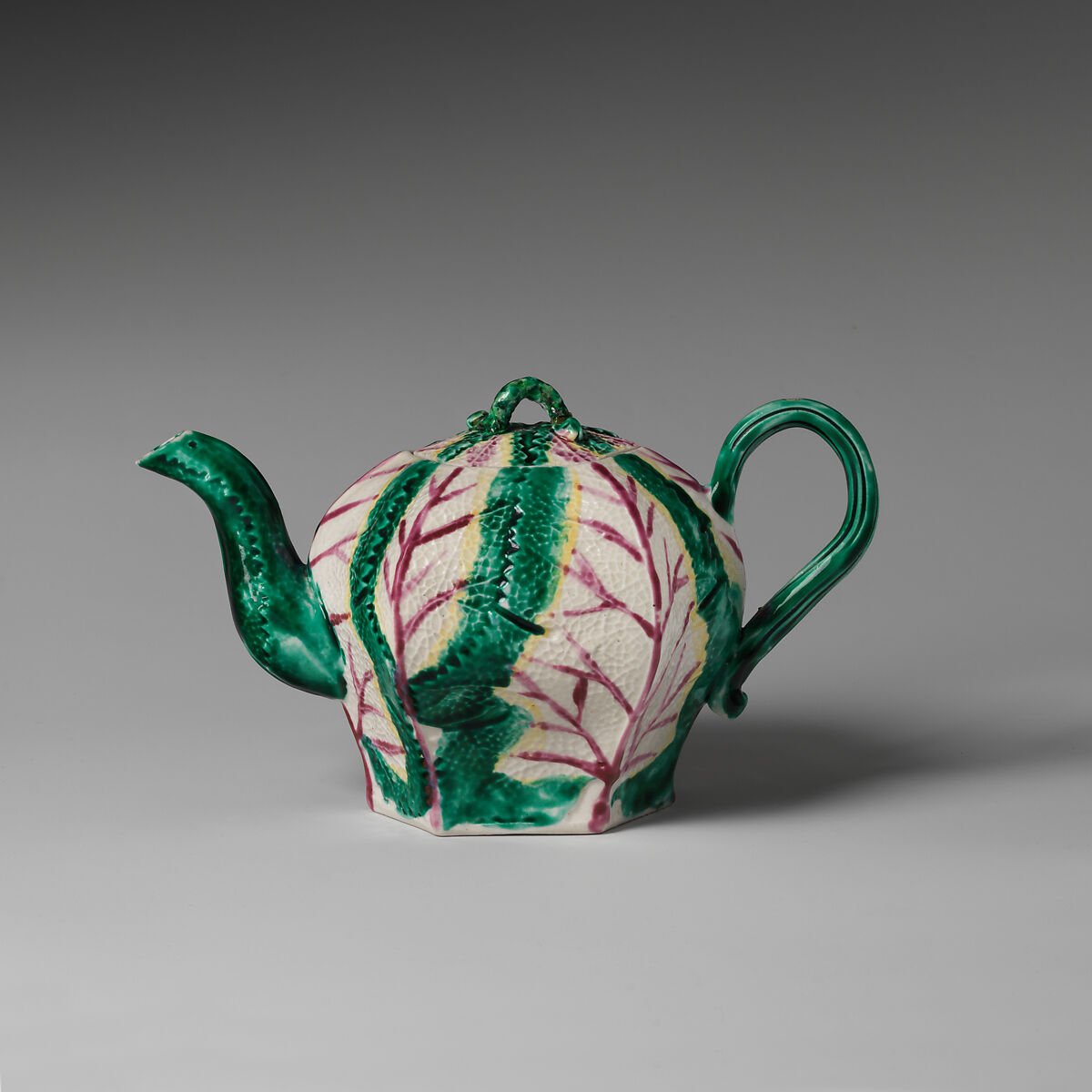$$$ Cabbages for Money $$$
***February 17 is National Cabbage Day***
Let us delve into the wondrous world of cabbage. Despite its humble appearance, this unassuming vegetable holds profound lessons. Just like life's journey, the growth of a cabbage begins from a tiny seed, nurtured with patience and care. As it flourishes, it teaches us the value of persistence and resilience, for it endures through changing seasons, standing firm against the winds of adversity and undeterred by cold weather. Unlike vegetables that must be consumed quickly before they begin to rot, cabbage endures.
Much like the layers that form its core, cabbage reminds us of the multifaceted nature of existence. We, too, are made of layers — experiences, joys, and sorrows, shaping our character into something unique and often beautiful.
There is a multitude of cabbage to enjoy — green, red, Napa, Savoy, bok choy, even Brussels sprouts, and myriad ways to enjoy it — raw, fermented, sauteed, braised. Interestingly, there is a distinct association between cabbage and wealth that exists in several cultures.
Today, we will begin our exploration of cabbage as an object of good fortune by studying a deeply auspicious object that is associated with abundance and prosperity — the Jadeite Cabbage. Hand carved from an extraordinary piece of stone, the natural color gradation of the jadeite has enabled the artist to create a realistic-looking head of bok choy. Behold the Jadeite Cabbage:
The two insects on top of the vegetable — the locust and the katydid — are metaphors for fertility.While the artist is unknown, it’s clear that s/he was a master of the craft. The piece was carved in the 19th century during the Qing Dynasty. Originally displayed in the Forbidden City’s Yong-He Palace, today it resides in the National Palace Museum in Taipei, Taiwan.
Why is cabbage associated with good fortune in China?
For an explanation of this connection, we will rely on the Pearl River Mart Blog. (Pearl River Mart is an excellent and beloved store in New York City that has been run by the Chen family for many decades.)
“In Chinese culture, cabbage is a symbol of wealth. The Mandarin word for cabbage, bai cai, sounds like bai kuai, which means "100 wealth. That's why cabbage figurines are popular symbols of prosperity in China.”
This phonetic resemblance has led to the belief that consuming cabbage during the lunar New Year will bring prosperity and financial success in the coming year. As a result, it is a common practice to include cabbage dishes — such as cabbage rolls or cabbage-based hot pot dishes — during Chinese New Year feasts.
Cabbage is favored not only for its symbolic significance but also for its versatility and affordability in Chinese cuisine. Cabbage can be used in everything from stir-fry to hotpot to dumpling filling. Hence the Chinese saying, “Bai cai is better than a hundred vegetables. In addition, its affordability gives rise to the phrase "bai cai price," which roughly translates to “crazy cheap”.
Cabbage and Beetle; carved wood; mid-1700s; China, Qing dynasty (1644–1911), Qianlong reign (1736–95) or earlier; from the collection of The Cleveland Museum of Art
***
The Association Between Cabbage and Wealth in America and Russia
The association between cabbage and money is not limited to Chinese culture. Cabbage is also a slang word for money in America and in Russia.
The exact origin of the use of the word "cabbage" as slang for money in English is unclear, but the practice is believed to have originated in the early 1900s. Some suggest that the Italian-American mafia, who often used food-based slang words as code so they could discuss their illicit activities at the dinner table, coined the term. However, use of the term "cabbage" as slang for money was not exclusive to the mafia and was also used by ordinary people during that time period.
One theory is that the word "cabbage" was originally used to refer to banknotes, which were green and had a texture similar to that of cabbage leaves. Another theory is that the term comes from the idea of money growing like cabbage, which is a slow and steady process.
Regardless of the exact origin, the practice persists in the present day. A small business lending app called Kabbage was launched in 2011 (and acquired by American Express in 2020).
There may also be a link between cabbages and abundance or fertility in America. Recall, dear readers, the Cabbage Patch Kids, Xavier Roberts’s creations that became a craze in the 1980s. According to legend, these babies grow in a magical garden among “heads” of cabbage that are pollinated by mythical creatures called bunnybees. And anyone who was around during the height of CPK mania will also recall that the peculiar little dolls commanded sky-high prices for a time. :)
A representation of the magical garden where cabbage patch kids are “born”
Similarly, in Russian, the slang term kapusta (literally, “cabbage”) is used to refer to money. The use of this term may have been influenced by the English slang term or it may have originated independently. But there may also be another layer of meaning as cabbage is a staple of Russian cuisine. Just as “bread” (i.e. the staff of life) is a basic, life-sustaining food that is used as a euphemism for money in English, so too is cabbage for Russian-speaking people.
Regardless of its origin, the use of the word "cabbage" as slang for money has persisted in both English and Russian and is still used today. It is an example of how language can evolve and change over time, often reflecting the culture and values of the people who use it.
As we savor the taste of cabbage, let us enjoy the essence of simplicity and sustenance it embodies. Its nourishment speaks of groundedness and an appreciation for the basic pleasures of life. Like a wise mentor, cabbage reminds us to be mindful of our roots, to embrace the essence of who we are, and to never forget the strength that lies within. So, let us embrace the wisdom of this unpretentious vegetable and carry its teachings in our hearts, for in the simplicity of cabbage, we find profound lessons for our journey through life.
Rabbit in a cabbage automaton by Roullet & Decamps, from the collection of the Victoria & Albert Museum.
Teapot in the form of a cabbage, British, Staffordshire, ca. 1760, from the collection of the Metropolitan Museum of Art.
Cabbages, Polly Thayer, 1936, from the collection of the Museum of Fine Arts — Boston.








